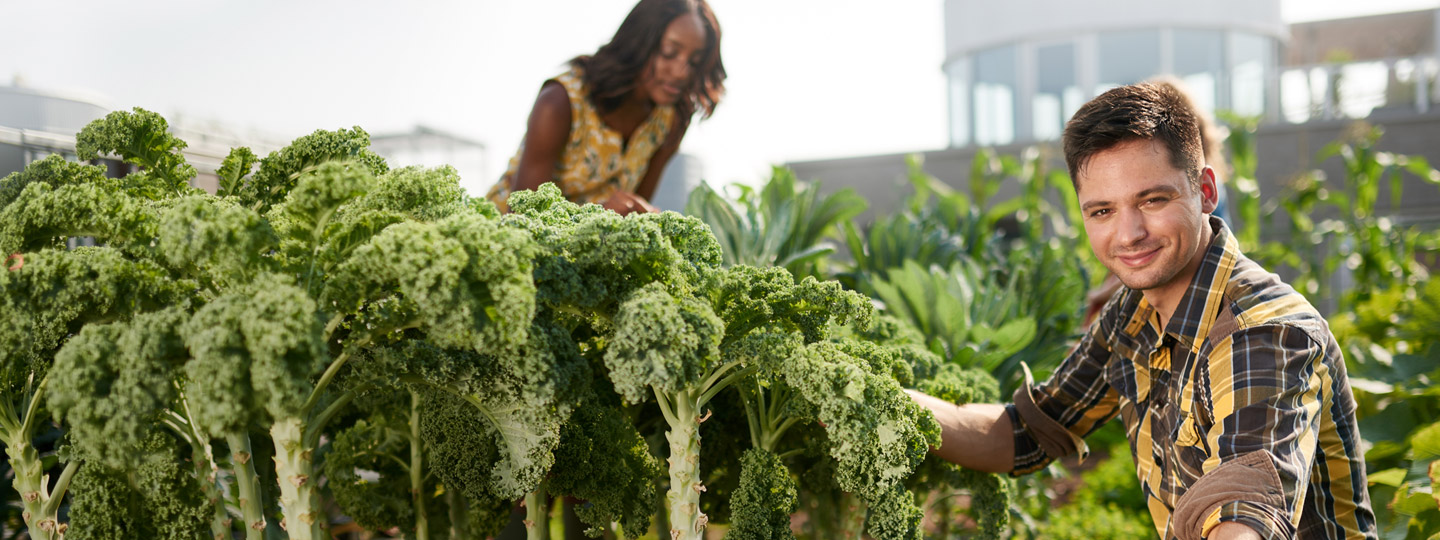Besides calcium, phosphorus is the most common mineral in the human body. It is an essential building block for our bones and teeth. It also provides our cells with energy. But most of the phosphorus from your diet is flushed down the toilet. From there it goes on to a wastewater treatment plant (WWTP), where Kemira’s chemistry separates it from the water. By the end of the wastewater treatment process, there are two outcomes. The first is clean water. The second is a phosphorus-rich sewage sludge.
Many WWTPs have found an outlet for this type of sludge by bringing it to farmers, particularly in countries like Spain, the UK and France. While it’s a great idea for sustainability and the circular economy, there are some safety concerns. Toxins from sewage sludge could make their way into the food supply.
The situation pulls farmers (and regulators) in two directions – safety on one hand and sustainability on the other. Some countries, like the Netherlands and Germany, have decided on very limited use of sludge as fertilizer. They incinerate it instead ─ an unfortunate waste.
Reliability issues
There is also a third factor at play: in Europe, access to phosphorus could get a bit tricky. That’s because raw phosphorous for fertilizer can only be sourced from mines in a handful of countries: the US, China, and Morocco (which has the biggest reserves by far). Russia, Algeria and Syria have some smaller reserves. The only European country with phosphorus is Finland, but the deposits are very small, not nearly enough to sustain the region.
A 2014 European Commission paper on phosphorous admits the EU is highly dependent on regions currently subject to political crisis. The global coronavirus pandemic and increasingly strained international relations in recent years are additional reminders that goods and raw materials aren’t guaranteed to move freely around the world. In a worst-case scenario, trade could be completely cut off overnight. In fact, the current situation is evidence that lasting disruptions can happen with no advance notice.
Stepping up innovation for a safe, circular solution
With our historical connection to the fertilizer business and a long track record in phosphorus removal from wastewater, Kemira decided to apply our expertise to help solve the issue. Working with a consortium of partners, such as Wetsus (the European Centre of Excellence for Sustainable Water Technology), the TU Delft, Outotec and EIT RawMaterials, our goal was clear: develop and scale a technology that makes phosphorus from municipal wastewater a safe, sustainable and reliable source.
Together we invented a new technology called Vivimag in reference to vivianite, the type of iron-phosphate mineral mostly found in sewage sludge. Over the last 7 years, the consortium’s research scientists and innovation teams developed a magnetic separation process to recover the vivianite from the sludge generated by wastewater treatment plants. By separating the iron-phosphate from the sludge, Vivimag offers a safe and convenient solution for recycled phosphorous fertilizer.
“It is a relatively simple approach to recover phosphate from sewage sludge that is easy to scale up. It not only recovers the phosphate; it makes it possible to reuse the iron. It is a nice example of urban mining,” says Leon Korving, the phosphate recovery theme coordinator for Wetsus.
This development shows the benefit of close cooperation between industry and fundamental research
he adds. “The fundamental research was needed to come up with a new perspective. The industry cooperation made this perspective relevant and makes it possible to quickly scale up.”
Designed to easily fit into existing treatment processes without major adjustments, Vivmag technology has already been tested at pilot scale. Now it’s ready for market introduction. As of June 2020, Kemira fully owns the patented technology.
“At Kemira, we are proud to scale up Vivimag phosphate separation technology. Bringing together chemistry and innovation, we’re able to work with water treatment plants to solve a societal need in a sustainable way. It’s a strong example of our focus on helping customers improve resource efficiency and making our economy more circular,” explains Sergej Toews, Vice President Strategy and Business Development for Industry & Water at Kemira.
Vivimag has potential to be part of a toolbox of solutions that address Europe’s need for phosphorous fertilizer. The consortium estimates that phosphate recovery from sewage sludge can cover 20% of the demand for phosphorus in the region. To learn more about Vivimag, please contact Jean-Christophe Ades, Senior Marketing Manager for Industry & Water at Kemira.
